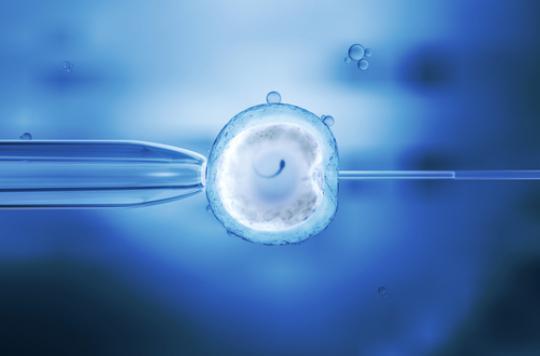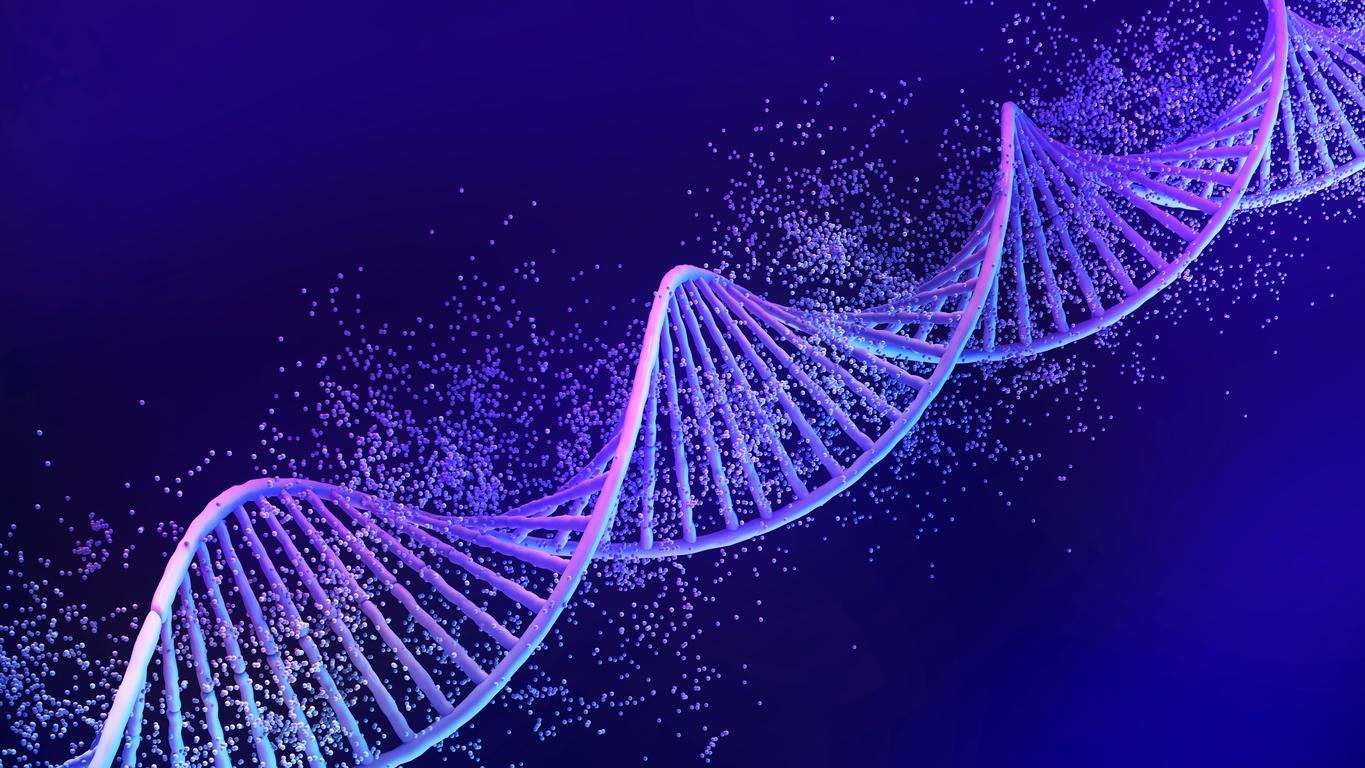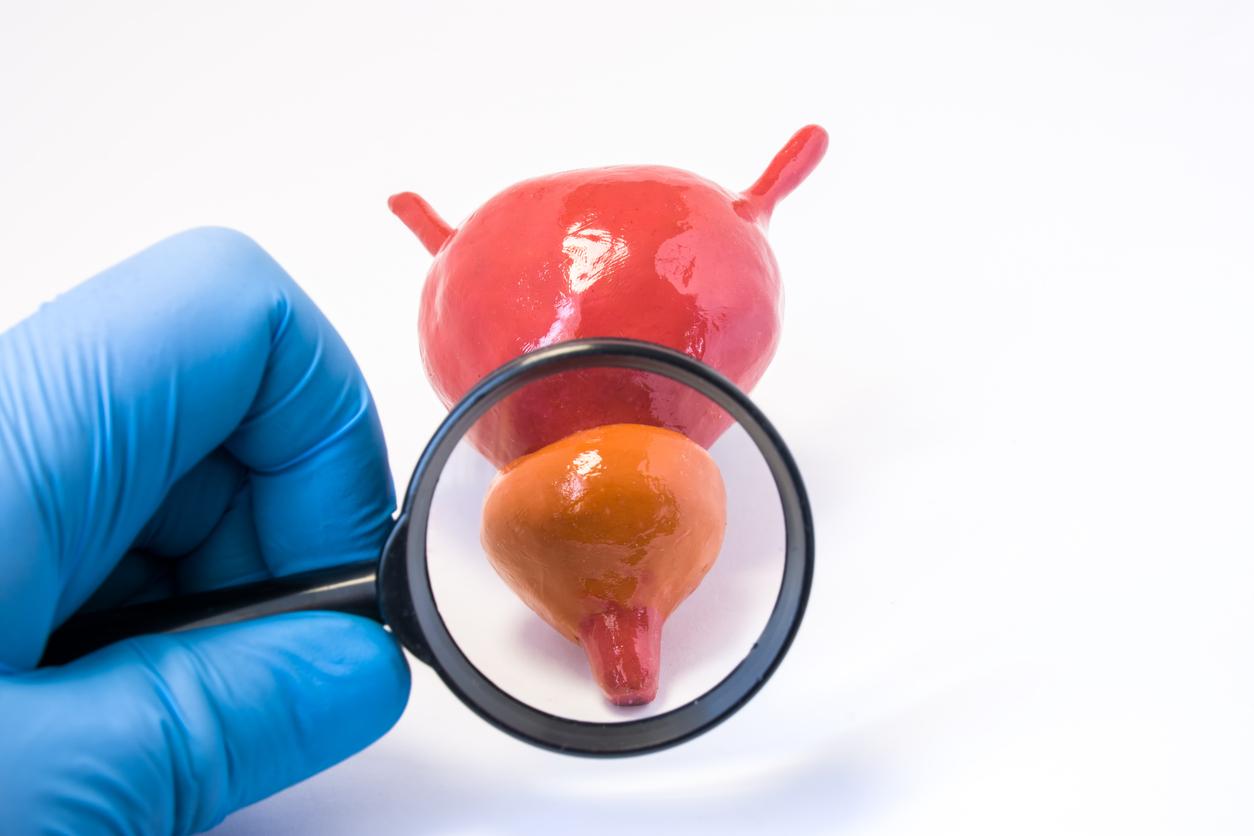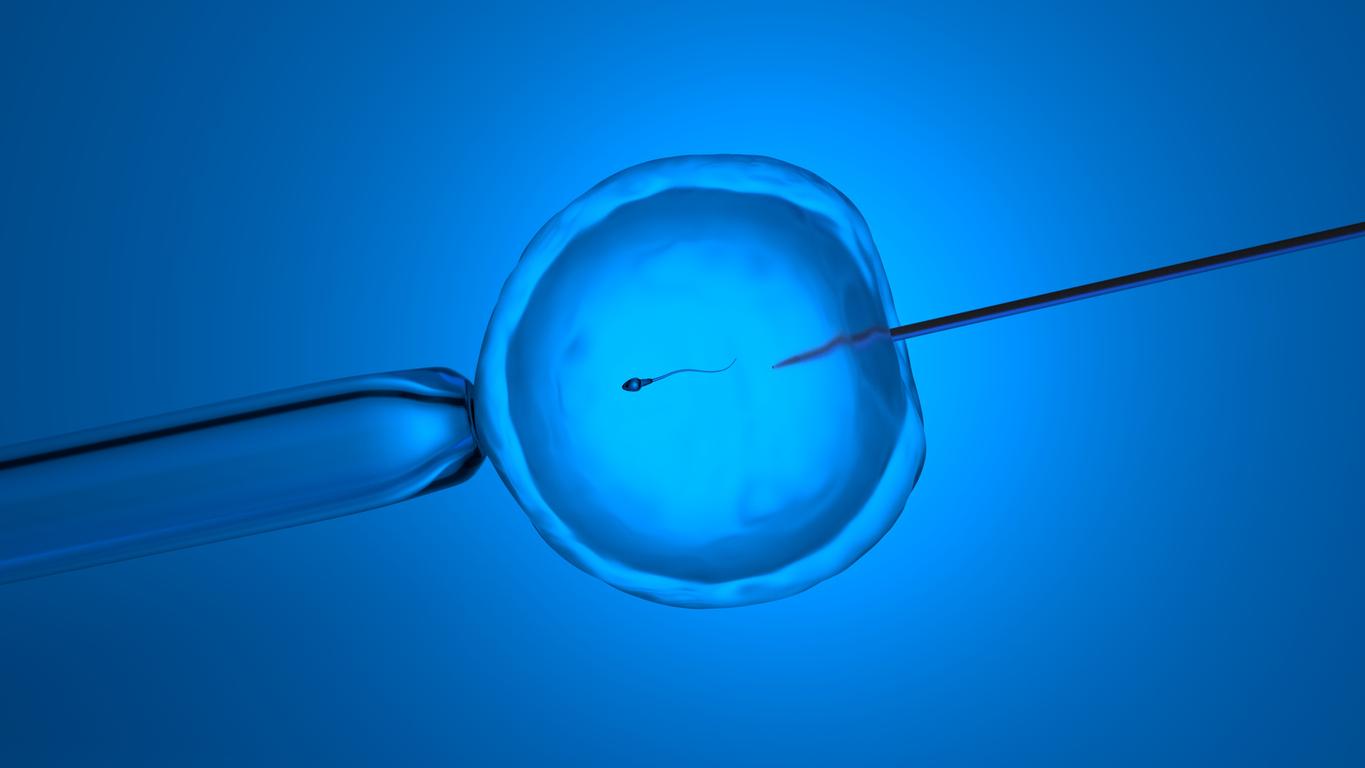A Ukrainian clinic has announced that it has used the mitochondrial transfer technique for a couple facing infertility.

A new baby with 3 DNA has been born. A clinic for medically assisted reproduction in Kiev (Ukraine) announced the birth of a baby girl, born on January 5. It was conceived using this fertilization technique in vitro. The peculiarity is that it was used for a couple facing infertility, and not a genetic disease as was the case for the first baby born in April in Mexico.
“With the help of this method, a 34-year-old woman suffering from infertility for more than 15 years was able to give birth to a healthy baby girl carrying her genetic heritage,” said the Nadiya clinic. Press release.
Dr Valery Zukin, the director of the center, used the nucleus transfer technique. This involves fertilizing an oocyte from the biological mother with a sperm from the father. After successful fertilization and the parental DNAs reunited, they are transferred to a donor’s coreless oocyte. The child is therefore the carrier of the genetic heritage of his parents as well as a tiny part of that of the donor, contained in the mitochondria (the energy factories of cells).
A 2nd birth in March
This technique was recently authorized in Great Britain to allow couples suffering from mitochondrial diseases not to transmit these serious diseases to their offspring. But according to Ukrainian doctors, this method also addresses some infertility problems. Indeed, the woman presented a particular disorder: the stop of the development of the embryo. Although fertilization is perfectly successful, the embryo stops developing in an unexplained way. Doctors then assumed that the problem was not with the mother’s genes but rather with her oocyte. Thus by using that of a donor, this disorder could be avoided.
A validated hypothesis since the little girl was born at the beginning of January and she seems to be in good health. Ukrainian doctors have also announced that a second couple with the same difficulties are expecting a child for next March.
Despite these successes, the experts want to be cautious. Many of them recall that this technique is controversial and raises ethical questions, in particular as regards the uncertain fate of these children carrying 3 genetic heritages.
.















